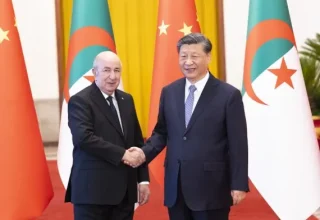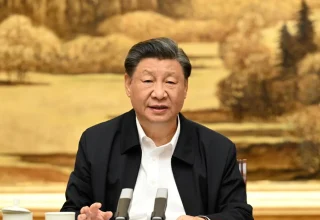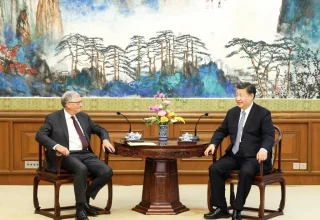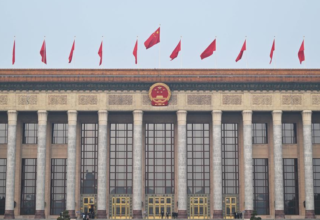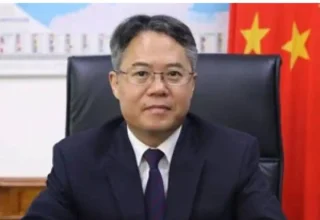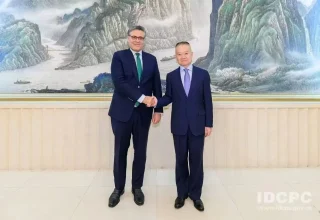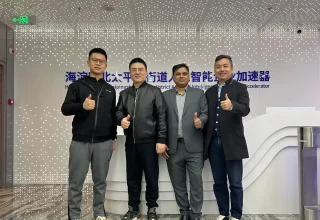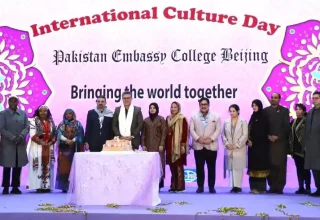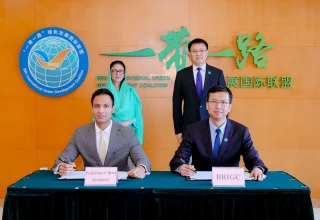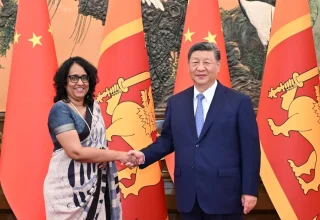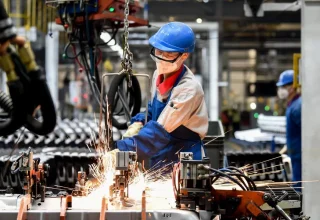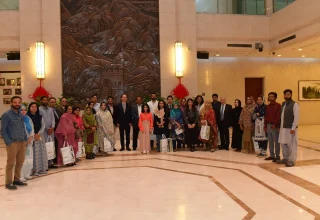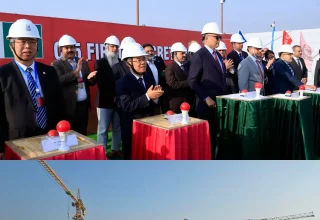
ISLAMABAD (Internews): Chinese Ambassador to Pakistan, Jiang Zaidong, announced that the Chashma Nuclear Power Plant Unit 5 (C-5) will generate approximately 40,000 jobs, both directly and indirectly, during its peak construction phase. He shared this during the First Concrete Pouring (FCD) ceremony of the C-5 project on Monday.
The ambassador expressed gratitude to the stakeholders in both countries for fostering long-term practical cooperation between China and Pakistan. Highlighting the steady progress of bilateral relations despite global challenges, he credited the consistent dialogue between Chinese President Xi Jinping, former Pakistani President Asif Ali Zardari, and former Prime Minister Shehbaz Sharif for advancing the China-Pakistan Economic Corridor (CPEC) and other key initiatives.
Achievements in China-Pakistan Cooperation
Ambassador Jiang praised the achievements under the China-Pakistan collaboration, including the all-weather operation of the Khunjerab-Sost Pass, the operationalization of the $2 billion Suki Kinari Hydropower Station, and the completion of the world-class Gwadar New International Airport. These milestones underscore the resilience of the China-Pakistan partnership in an uncertain global environment.
Deepening CPEC Collaboration
The ambassador proposed a multi-dimensional strategy to deepen CPEC’s scope, focusing on:
- Economic Growth Corridor: Leveraging Pakistan’s industrial strengths to establish modern, water-efficient agricultural demonstration bases and promote high-quality agricultural exports through contract farming.
- Livelihood-Enhancing Corridor: Initiating community-centered projects, such as health kits distribution and scholarships for underserved areas.
- Innovation Corridor: Advancing smart city development and exploring cross-border e-commerce opportunities.
- Green Corridor: Promoting renewable energy, including hydropower, photovoltaic, and wind energy projects.
- Open Corridor: Enhancing regional connectivity and economic integration by engaging third-party partners in agriculture, industry, and IT.
Expanding Non-CPEC Projects
Ambassador Jiang highlighted the success of non-CPEC collaborations, particularly in nuclear energy and mining. With six nuclear power units built jointly by China and Pakistan, nuclear energy contributes 17% of Pakistan’s annual power generation. Mining projects, such as copper exports averaging $1 billion annually, demonstrate the economic and social benefits of these ventures. The ambassador emphasized the potential for expanding these sectors alongside CPEC projects.
Market-Driven Cooperation
The ambassador encouraged a shift toward market-driven cooperation to complement project-driven initiatives. He underscored the vast potential for Pakistani products, such as sesame, chili, cashmere, and dried fruits, in Chinese markets, and the need for strategic entry methods like contract farming and e-commerce. Furthermore, he highlighted the opportunities for jointly exploring third-party markets, leveraging Pakistan’s geographical and linguistic advantages alongside China’s technological and financial expertise.
Commitment to Shared Prosperity
Looking ahead, Ambassador Jiang reaffirmed China’s commitment to strengthening bilateral ties with Pakistan. He stressed the importance of high-quality development, quantitative growth, and qualitative improvement. By advancing flagship initiatives and small-scale public welfare projects, China and Pakistan aim to build an upgraded version of CPEC, fostering an even closer community with a shared future.
This vision reflects the enduring spirit of China-Pakistan cooperation, enriching the Belt and Road Initiative and promoting global solidarity in the new era.


